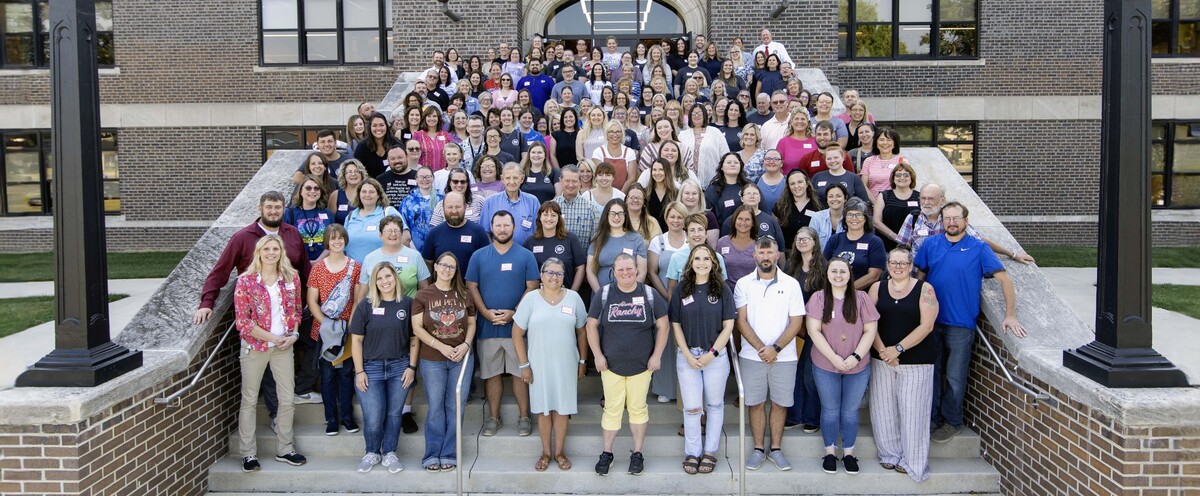Step 3: Collect Data
Take baseline and A-B-C data to understand the behavior and assist with intervention planning.
People collect data on student behavior for two primary reasons:
1. Baseline data provides information about the behavior (e.g., how often it occurs, how long it lasts, amount of time between each occurrence of behavior, and intensity) under typical every day circumstances.
2. A-B-C data is useful in determining WHY the problem behavior occurs (e.g., often done in a functional behavioral assessment). In A-B-C recording, we collect information on the Antecedent, Behavior and Consequence. Antecedents are the specific events in the environment that occur immediately BEFORE the behavior and consequences are the specific events that occur immediately AFTER the behavior. In addition to WHY the behavior occurs, A-B-C recording also tells us situations in which the behavior is most OR least likely to occur (e.g., time of day, activity, people, settings).
Once we collect baseline and A-B-C data, we can develop goals for the student and a behavior plan.
Quick and easy data collection forms

